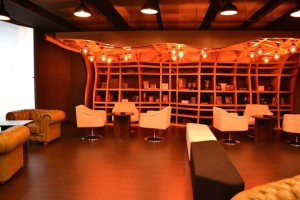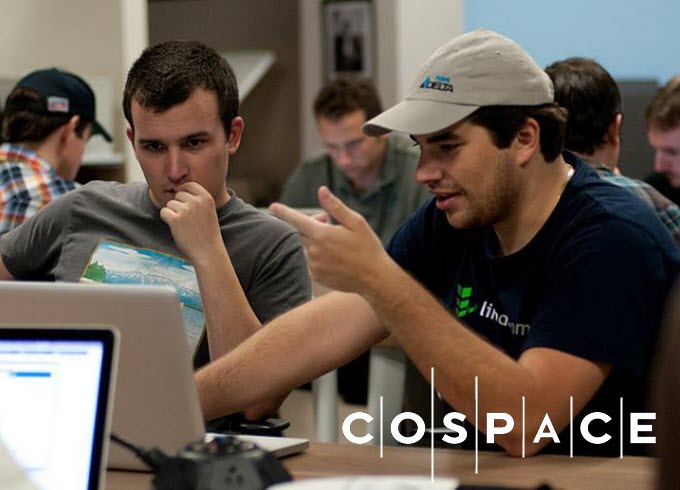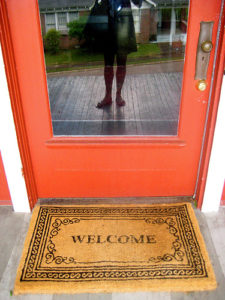Post Author: Wendy Chen.
For small businesses, joining a coworking space can bring some game-changing benefits. Working in the same environment as like minded businesses and ambitious entrepreneurs, networking, finding potential clients and partners could be just what your small business needs. While coworking spaces are an exciting development in the business world, we can’t forget that the world as a whole is rapidly going digital and work 2.0 is taking over the coworking market.
In this post, I look at five important features of virtual coworking, take a look at an introduction to virtual coworking here! i.e. coworking in an online environment, that can make your business even more successful.
It allows you to work from anywhere, anytime
If you’re the kind of person that likes working at times that are convenient to you, virtual coworking is definitely up your street. Be a part of the most recent developments in your company, your clients’ businesses and partner enterprises from the comfort of your own home, your favorite coffee house or even your parents’ country home. Staying connected and keeping on top of developments is a key factor for sustainable growth, and virtual coworking is an excellent tool to achieve just that. Just connect and join the show. It has never been easier.
It expands your talent pool and network
The biggest advantage of virtual communication is the ability to work from home. The broad spectrum of online communication platforms that are now available mean you no longer need to have all of your employees in house, as they can report to you online. However, that is not always efficient. The choice of channels through which employees work from home is so large that it’s often hard to track all actions and developments and that could potentially discourage you as an entrepreneur from hiring people who can’t be in the office every day. This is where you stand to gain a huge advantage from virtual coworking. There is now a universal tool for literally all communication between you and your employees.
Not only that, they will have a complete and transparent overview of all developments in other departments and will be in close contact with their coworkers, clients, and partners. Your talent pool will be extended far beyond the city in which your business is located – and we all know that a business is only as strong as its staff. For employees, this also opens up a much broader and more efficient employment network. Yet another win for virtual coworking!

It’s in the cloud
Digital times are upon us, that is no secret. So don’t hesitate to use digital developments to your advantage when running a business. Having all of your company’s documents, notes, tasks, schedules, deadlines, and even conversations online and in one place will save you valuable time and the trouble of browsing through stacks of paper. Keeping your files online also means you no longer have to worry about losing or breaking your laptop. What used to be stored in the hardware can now be stored in the cloud. You can access these files from anywhere and at any time. This really is a no-brainer.
It comes at no extra cost
Cost-effectiveness is crucial for a small business. Let’s not ignore the fact that more often than not, capital is what dictates what you can and cannot achieve, and sometimes this can be a question of life or death for a business. So while you can manage your affairs from your office or coworking space, there is also a strong need to be able to continue working on the same things, with the same benefits but for no extra cost . Here is the kicker: virtual coworking will cost you less than you spend on toothpaste. If you are a risk-averse business person, this provides a very low-risk, high-reward opportunity that is not to be missed out on.
It promotes transparency in your business
Working with your team is important. What is even more important is working efficiently. There is nothing more frustrating than writing a blog post and finding out afterwards that your colleague is working on the same idea. You know it can happen: emails get lost or overseen all the time. With virtual coworking, you will be able to track all relevant tasks, deadlines, and ideas that your coworkers are working on. Not only that, you can post new ideas in a note for the rest of the team to see. Virtual coworking will enable you to manage your business more efficiently than ever before, and sometimes that is really what a business lacks to make that big leap.
Although I could go on all day about how beneficial virtual coworking could be for your small business, the gist of it is that virtual coworking spaces are amazingly efficient. In a tough business world, small businesses must catch every break possible, and virtual coworking can be a HUGE break.








